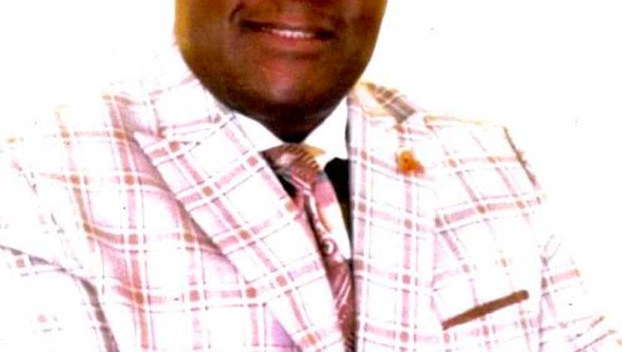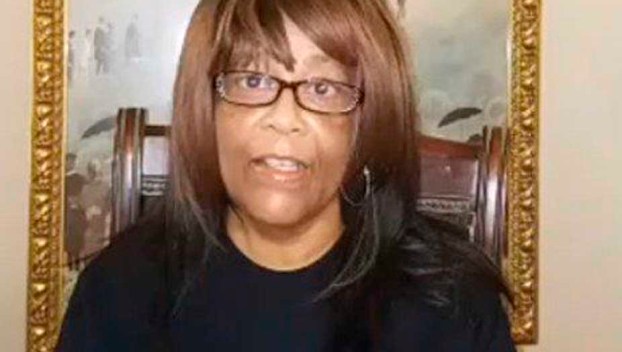
Local News
Camon to speak at Juneteenth festivities
MOULTRIE — “Keeping the Struggle Alive” is this year’s theme for Moultrie’s Third Annual Juneteenth Fest, which will ... Read more

MOULTRIE — “Keeping the Struggle Alive” is this year’s theme for Moultrie’s Third Annual Juneteenth Fest, which will ... Read more
SALEM, Mass. — In a far corner of Howard Street Cemetery, in a little bump-out area off the ... Read more
I’m not advocating violence! I simply understand where Mr. Cornelius Ponder is coming from. Read more
In just about any other year, Juneteenth, the holiday celebrating the day in 1865 that the last enslaved ... Read more

CAIRO — Grady County commissioner LaFaye Copeland said she and other African Americans in the community believe white ... Read more
ATLANTA (AP) — Joe Biden said he "should not have been so cavalier" in comments earlier Friday in ... Read more
NEW ORLEANS (AP) — If he had died in a normal time, Larry Arthur Hammond would have had ... Read more
As a clearer picture emerges of COVID-19's decidedly deadly toll on black Americans, leaders are demanding a reckoning ... Read more

DETROIT (AP) — President Donald Trump took African American guests to his State of the Union speech, ran ... Read more
ATLANTA — Both white and African American women in rural parts of Georgia have significantly higher rates of maternal morality ... Read more